President Donald Trump jolted the Group of Seven summit Monday evening when he posted on Truth Social that “everyone should immediately evacuate Tehran,” repeating in all caps his long-held stance that “IRAN CAN NOT HAVE A NUCLEAR WEAPON.” Minutes later the White House announced the president would leave Banff, Canada, a day early and convene the National Security Council in Washington. A press charter departed Calgary just after 11 p.m. Eastern with senior advisers, while U.S. military aircraft stood ready at Joint Base Andrews to fly Cabinet principals directly to the Situation Room if needed.
Escalation Behind the Alert
Trump’s evacuation call came as Israel and Iran exchanged missile and drone strikes for a fifth straight day. Israel’s initial salvo—code-named “Operation Rising Lion”—decapitated much of Iran’s military and nuclear leadership, including senior Revolutionary Guard commanders and two uranium-enrichment scientists. Iran responded with hundreds of ballistic and cruise missiles, some of which penetrated Israel’s multilayer air-defense network and killed 24 civilians. Israeli aircraft then struck deeper into Iran, claiming air superiority over Tehran and damaging portions of the Natanz nuclear complex.
U.S. forces have so far taken a defensive role, helping Israel intercept incoming Iranian missiles on the first night of retaliation but avoiding direct strikes on Iranian territory. Trump’s new warning, however, followed Israeli leaflets dropping over central Tehran that urged residents to leave districts housing state-television studios, Revolutionary Guard headquarters, and several hospitals. Israeli officials say those facilities double as command-and-control hubs.
Diplomatic Fallout and Summit Disruption
Trump’s early departure forced G-7 organizers to reshuffle Tuesday’s agenda, which had included meetings with Ukrainian President Volodymyr Zelensky and Mexican President Claudia Sheinbaum. French President Emmanuel Macron told reporters the president’s exit was “appropriate if it speeds efforts to secure a cease-fire.” German Chancellor Friedrich Merz said leaders would issue a statement without U.S. signature calling for “maximum restraint.” According to two European diplomats, Trump had refused to endorse a draft that described Israel’s right to self-defense but urged proportionality.
Before leaving Canada, Trump told pool reporters he still believed diplomacy could prevail. “They had sixty days to take the deal. The sixty days are gone,” he said, referencing his administration’s offer for Iran to cap uranium enrichment at 3.67 percent in exchange for phased sanctions relief. “They didn’t sign, but talks can restart tomorrow if they want. I don’t want war; I want no nukes.”
National Security Council Preparations
White House Press Secretary Karoline Leavitt confirmed the president ordered the NSC on standby “to review force-protection measures and humanitarian contingencies.” Trump spokesperson Alex Pfeiffer emphasized that American troops in the region remain in a defensive posture, with Patriot and THAAD batteries on alert in Kuwait, Bahrain, and Qatar. U.S. Central Command has updated non-combatant evacuation plans for embassy staff and American citizens in Iran, although no order had been issued by Monday night.
Former CIA Director Gina Haspel, speaking at a previously scheduled intelligence conference, declined to detail specific threats but said “any major strike on Tehran would further destabilize the global oil market and fuel supply.” Brent crude futures, which had fallen on rumors of back-channel cease-fire talks, reversed to close at $92.70 after Trump’s post.
Humanitarian and Logistical Challenges in Tehran
Tehran’s metropolitan area hosts nearly 17 million residents. Decades of sanctions mean the city lacks the network of public bomb shelters common in Iraqi or Israeli cities that have endured recent wars. Many Iranians sheltered in subway tunnels during weekend raids, while others fled north on clogged expressways toward Karaj and the Alborz foothills. Intermittent power outages hampered mobile service and complicated the distribution of Israeli evacuation leaflets, which directed civilians to an Arabic-language website later taken offline by Iranian censors.
Hospitals already stretched by five days of missile strikes now face shortages of trauma supplies. Doctors Without Borders reported triaging patients in hospital parking lots because concussion-blast windows and oxygen pipes were destroyed at two Tehran medical centers in Sunday’s raids. The United Nations Office for the Coordination of Humanitarian Affairs estimates 300,000 people have fled greater Tehran since Friday, though accurate counts are elusive.
Signaling and Counter-Signaling
Administration officials insist Trump’s warning is neither a declaration of impending U.S. strikes nor a signal of imminent evacuation ordered by the State Department. Rather, they describe it as a “strong admonition” intended to give civilians time to move away from likely targets should Israel escalate. Still, the public language is unprecedented: past U.S. advisories in the region have been phrased as “Level 4 – Do Not Travel” alerts, not blanket evacuation calls.
Iranian Foreign Ministry spokesman Nasser Kanaani dismissed the post as “psychological warfare” but privately asked mediators in Oman, Qatar, and Saudi Arabia to transmit messages to Washington. Reuters and the Wall Street Journal, citing regional diplomats, said Iran is willing to halt missile launches if Israel ceases airstrikes—a proposal contingent on U.S. guarantees that negotiations resume under the 2015 nuclear framework. Israeli Prime Minister Benjamin Netanyahu reiterated Monday night that regime change is “not the objective but could certainly be a by-product” of Israeli operations.
Domestic Political Repercussions
Trump’s evacuation plea highlights fractures within the U.S. political right. Isolationist voices, including former Fox host Tucker Carlson, say the administration should steer clear of “another endless Middle East war.” Foreign-policy hawks, led by Senator Lindsey Graham, argue U.S. credibility demands help for Israel beyond missile defense. Democrats fault Trump for abandoning the 2015 Joint Comprehensive Plan of Action, which they say would have kept Iran’s enrichment below weapons grade.
What’s Upcoming
- NSC meeting: Trump is expected back in Washington by 3 a.m. ET Tuesday; the National Security Council session could authorize additional carrier strike-group deployments to the Persian Gulf and finalize contingency plans for embassy staff extraction if airspace remains contested.
- Cease-fire mediation: Oman and Qatar will host parallel talks with Iranian and Israeli officials; U.S. envoy Brett McGurk will attend remotely. Progress could cool hostilities and render evacuation moot.
- Oil and markets: Energy traders will watch for confirmed hits on Iranian refining infrastructure, which could propel crude above $100 and jolt U.S. gasoline prices during peak travel season.
For now, the president’s stark message—“Everyone should immediately evacuate Tehran”—underscores the grave uncertainty in a crisis that could widen at any moment.


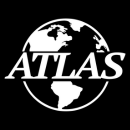
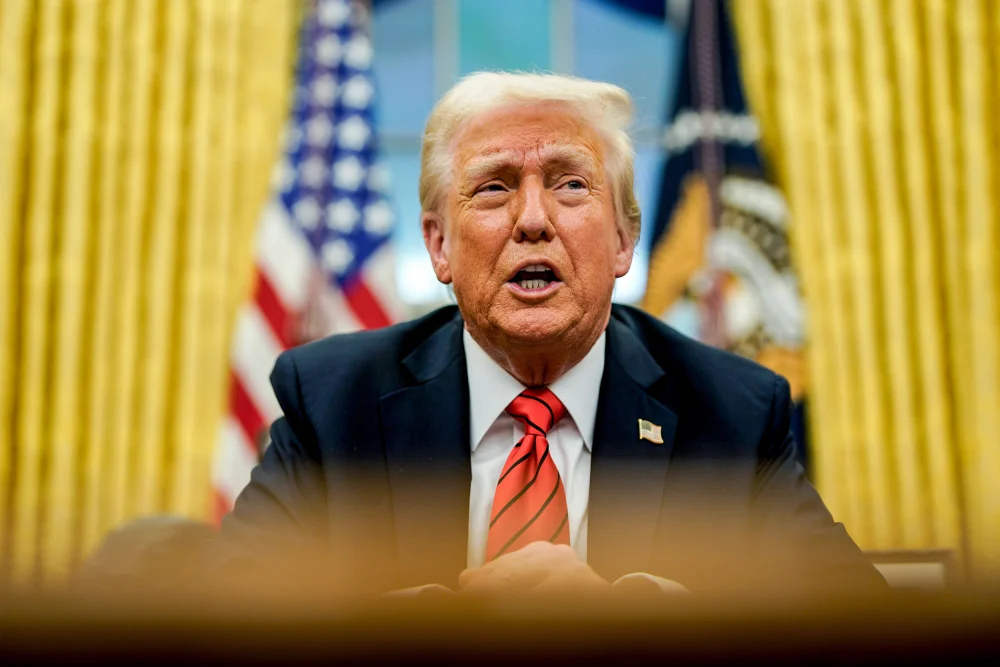
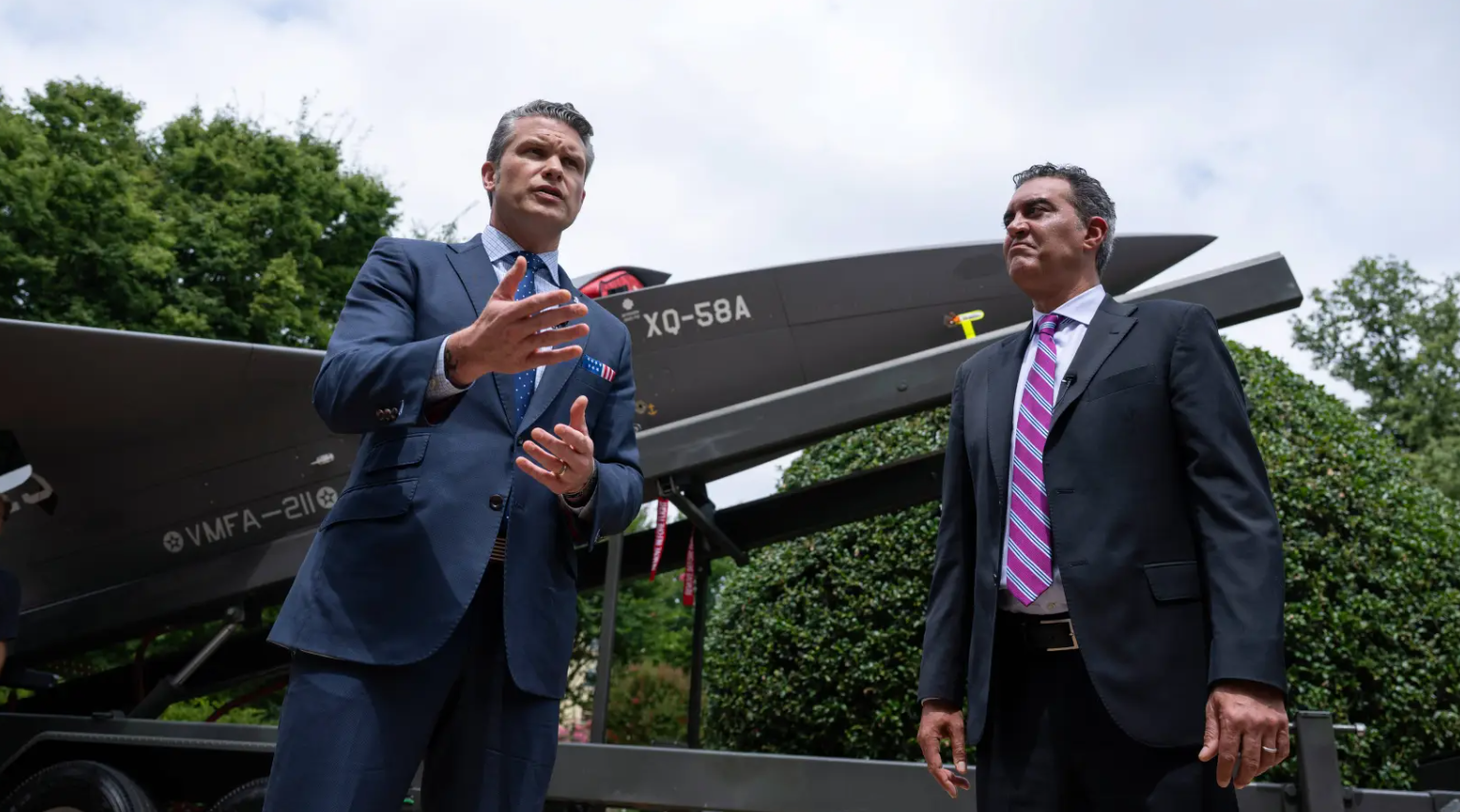

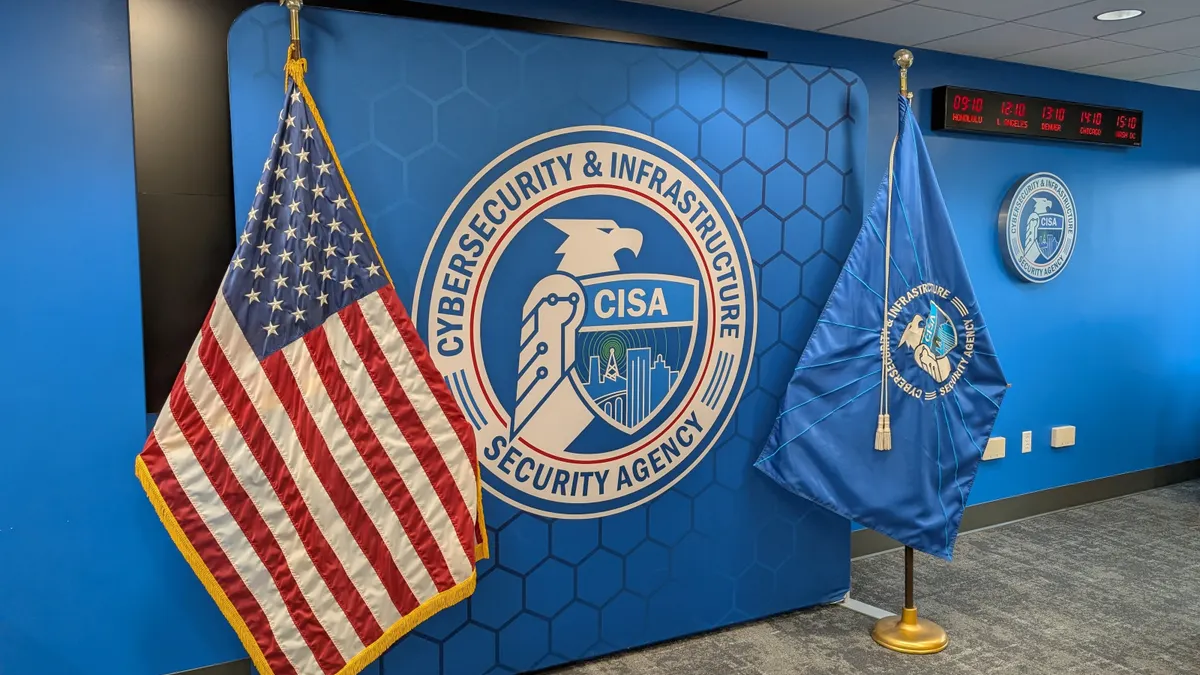
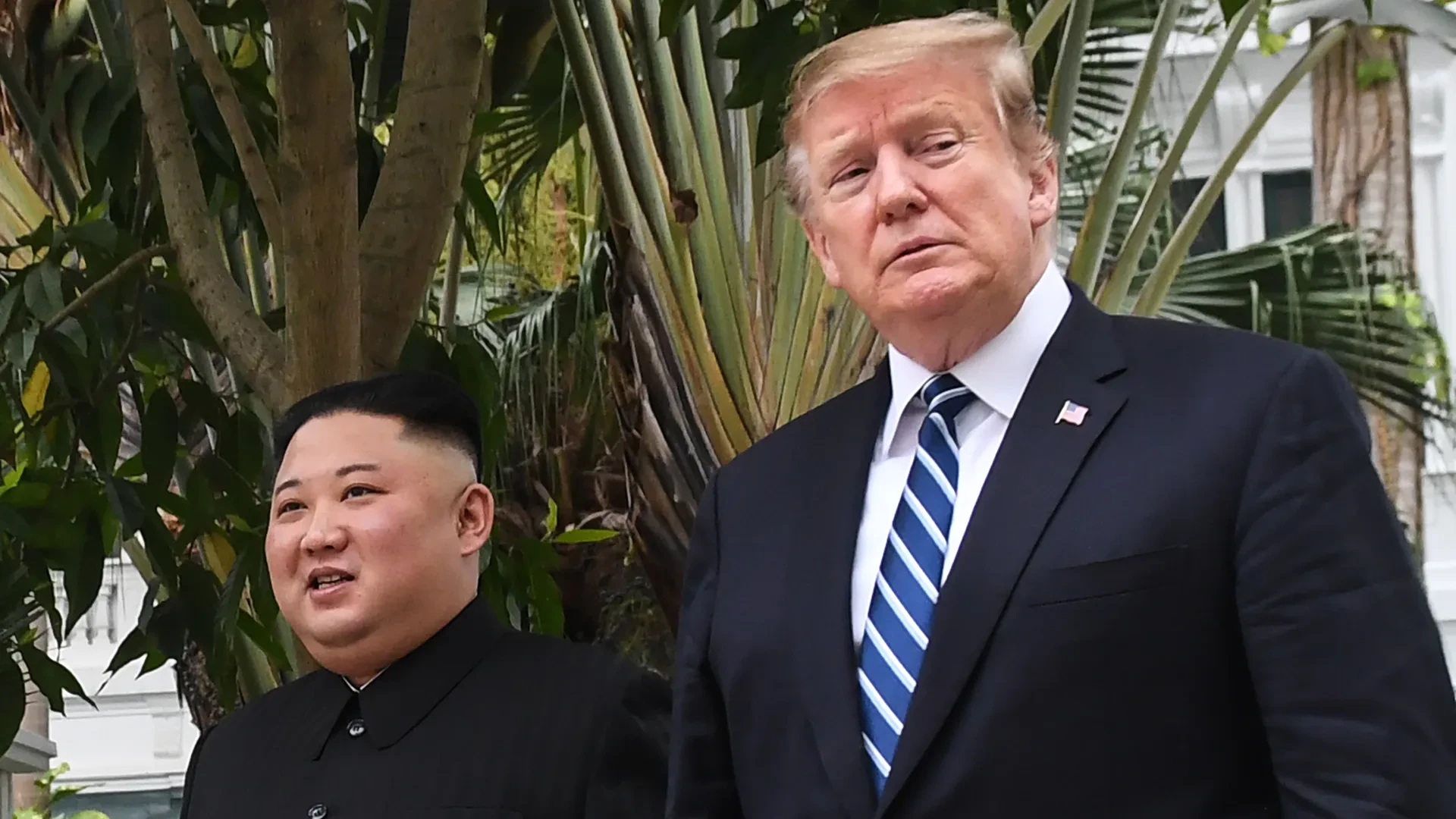
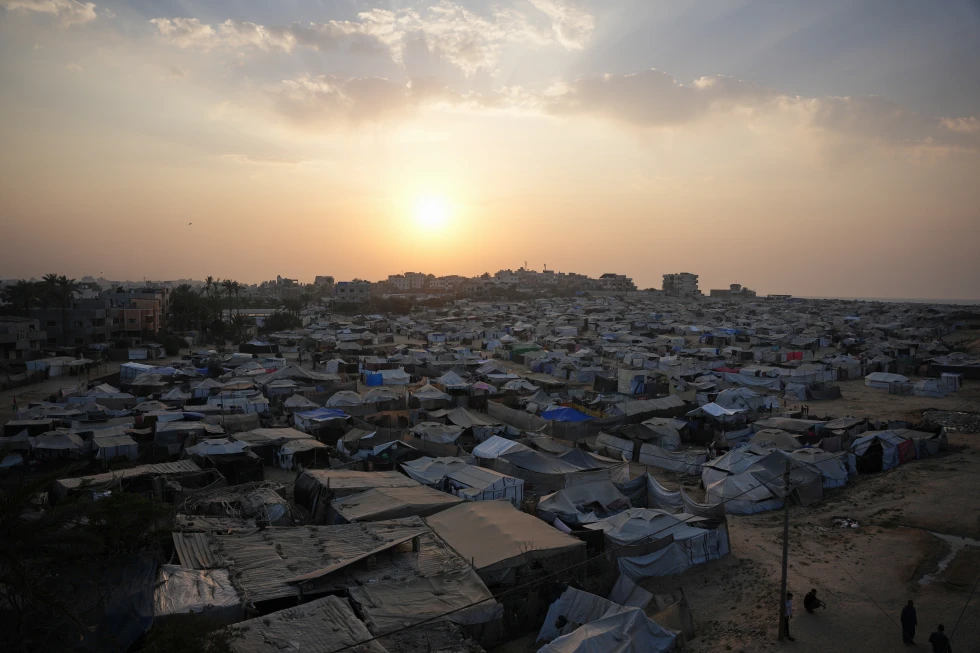
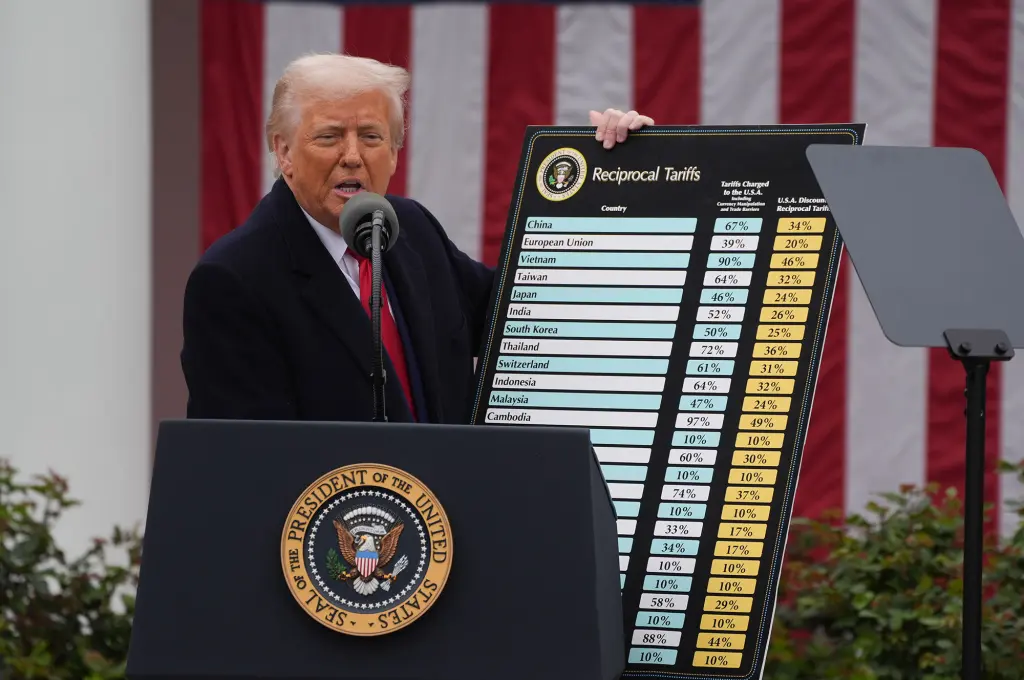
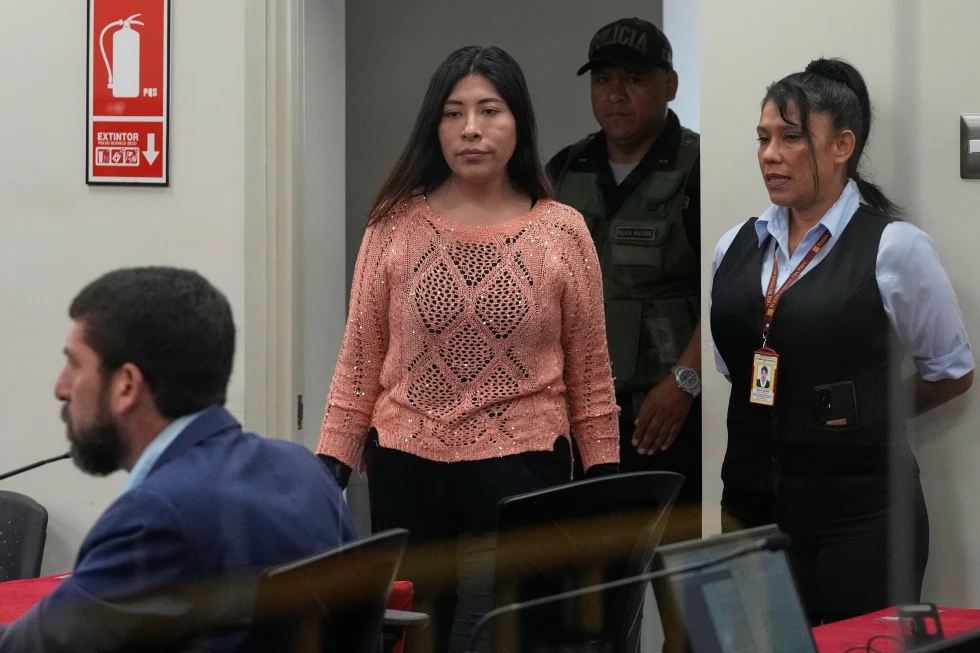
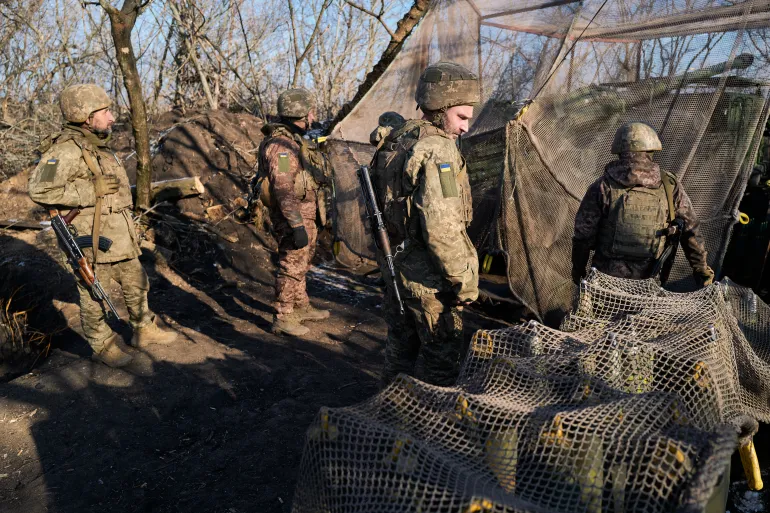

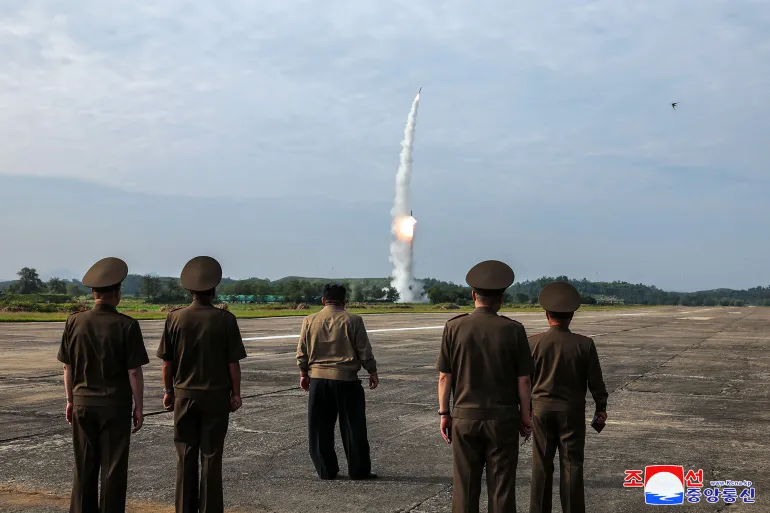

Discussion